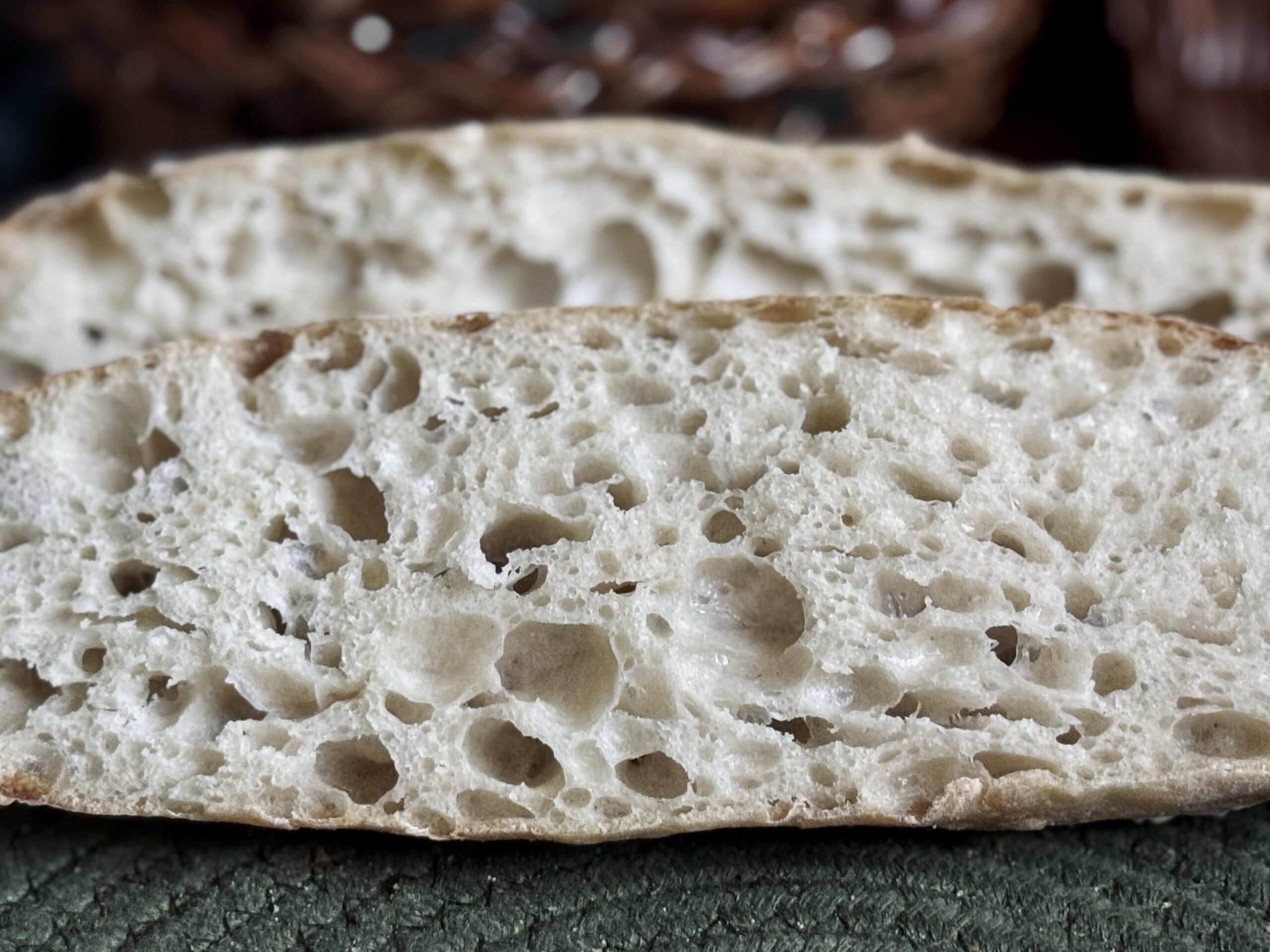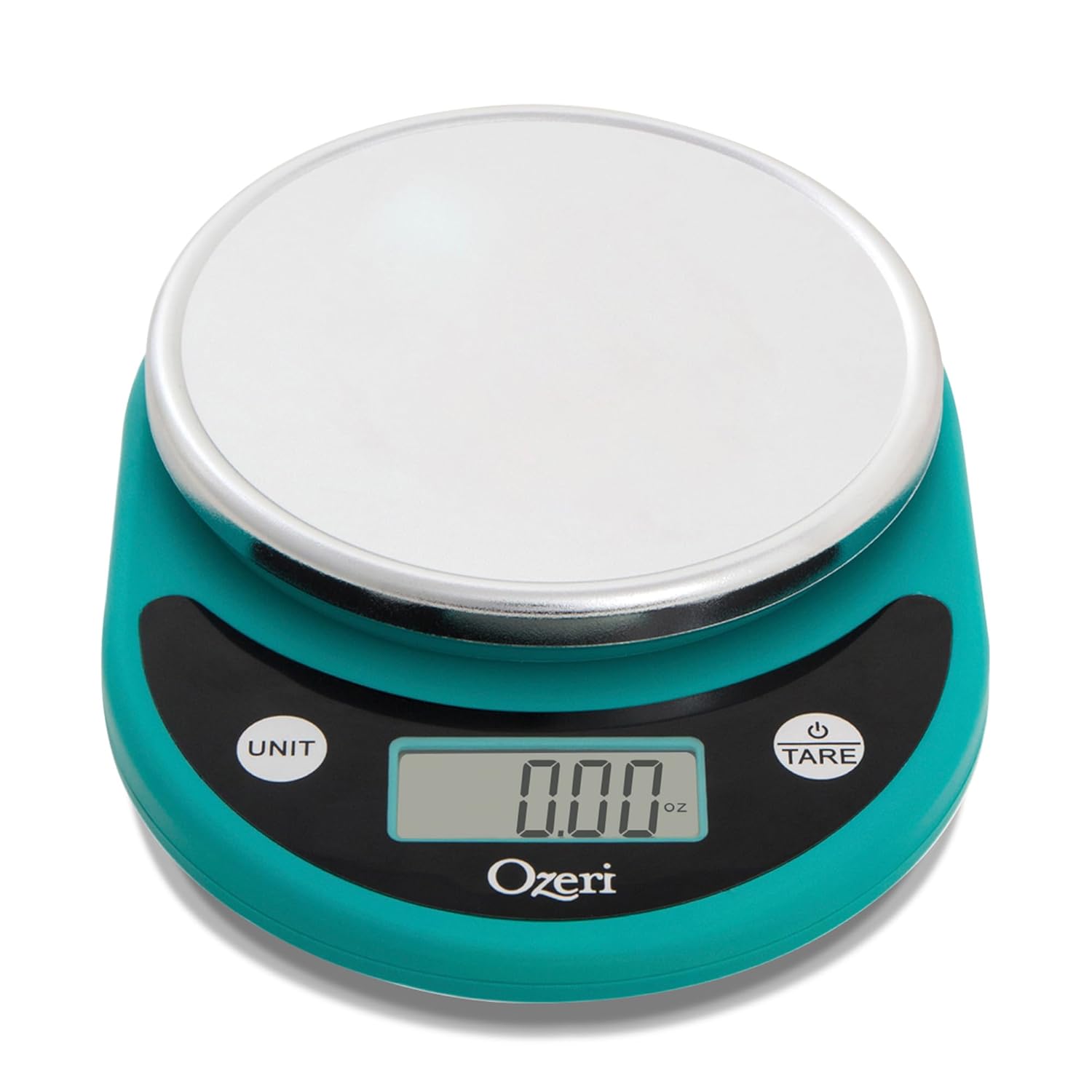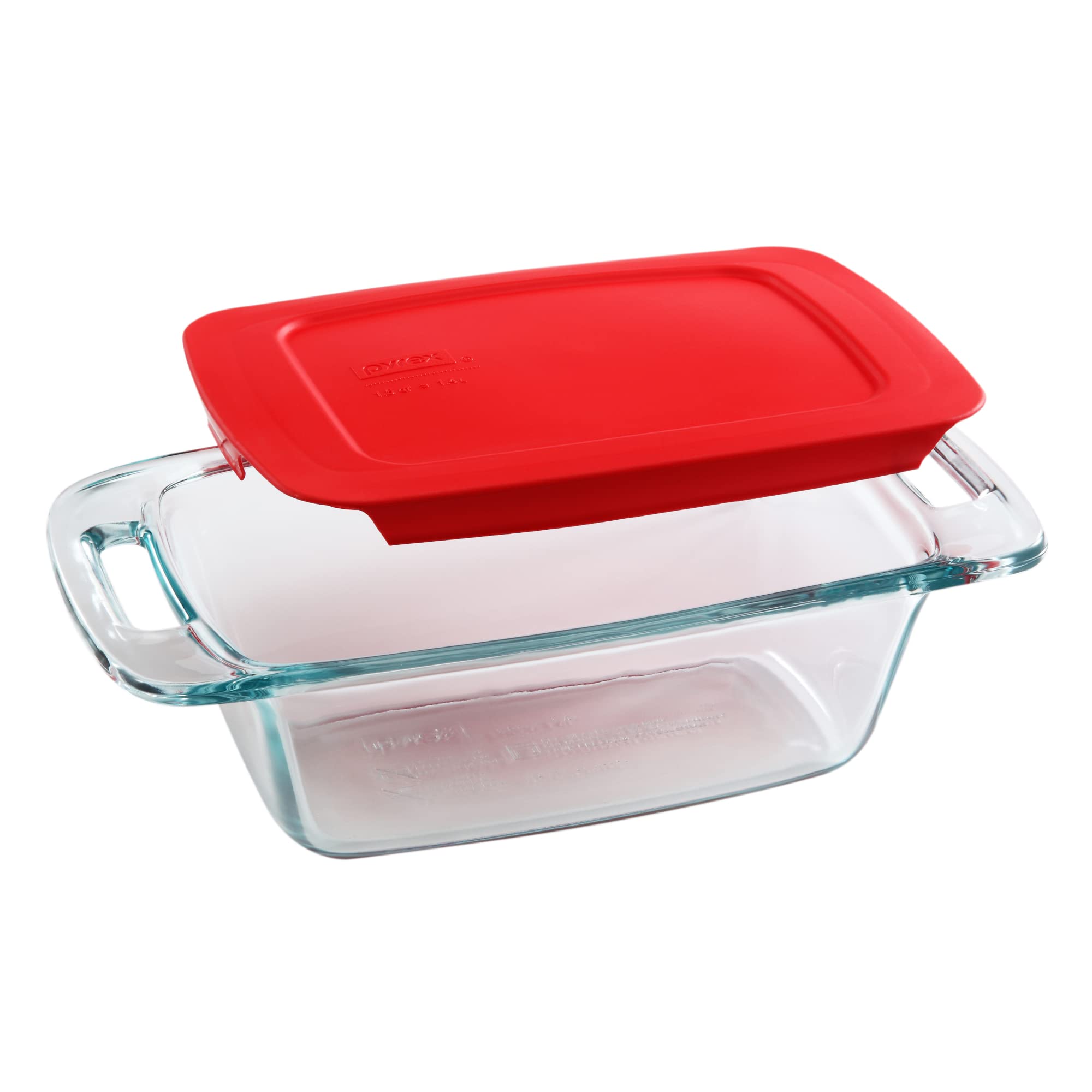About This Recipe
I like to think of a baguette simply as a smaller version of country bread. I mean, it really is the same concept, only it is divided divided and it is shaped differently. Because it is smaller, you get more crust, hence this bread being known for its crispy crust. There are other variations too, breads even thinner than a baguette, for even more crust and crunchiness. But, this one? I don’t know – I think it presents just the right balance. You can have a long piece of bread that is excellent for sandwiches or toast, with crunch in every bite, or you can have nice and small pieces of soup bread, with just the right balance of bread and crust.
What Is A Baguette?
A baguette is a long, thin loaf of French bread characterized by its crusty exterior and soft interior. Baguettes can be sliced and used for sandwiches, served as a side with soups and salads, or simply enjoyed on their own with butter or cheese.
This type of bread is made from a fairly wet dough, which easier to develop by hand. It is made from simple ingredients: flour, water, salt (and sourdough starter). The long fermentation time allows gluten to come together, as well as provides the dough with most of its strength. It is baked at a high temperature with steam (for a fuller expansion) to achieve a sort of “explosion” in the oven, which gives the bread a beautiful oven spring and interior.

All The “Why’s”
Bread Flour
Here’s the thing about artisan bread: most of the gluten is developed through time during the slow fermentation process. You see, as dough rests, gluten comes together naturally and fermentation provides strength. Bread flour contains more gluten binding proteins, which naturally create a stronger network that traps air and helps the loaf ferment more efficiently. I use King Arthur Bread Flour in most recipes that calls for “bread flour” because of its higher protein content (12.7%) and excellent ability to form gluten.
Salt
Salt helps bring out flavor (without salt, bread would taste almost like nothing), but also has notable effects on the dough. Salt is a tightening agent, meaning it helps create a more elastic (strong) dough. It does slow fermentation, as well as gluten development, but these are things we must account for in the recipe because we cannot have a recipe without salt. It is important to use just the right amount, enough to bring out the flavor, but not so much that the loaf cannot ferment or come together. I use the standard – 2% salt – in all my recipes, unless otherwise noted.
Hydration
This recipe has an approximate hydration of 78%, meaning this dough contains a good amount of water. Baguettes need extensibility to create flexibility, which helps them open up more. Water is one component that helps make this possible. The amount of water in this recipe also allows the baguette dough to be structured by hand through folds with ease.
Dough and Gluten Development
Because this dough is unenriched (no fat, sugar, etc.) and because our sourdough starter works slowly, gluten develops naturally over time. This means we can let fermentation do most of the strengthening of our bread, aerating it and building structure, while we take time to fold the dough, which helps fermentation do its best work.
Folding the dough has many benefits, and time you fold it in relation to its stage in fermentation can also change the outcome of your bread completely. More folds up front (sometimes, I also pair this with increased mixing time) creates a more elastic bread, which just means the end result will be taller with a more defined shape. Less folds, or folds that are more spaced out, can mean less structure, but with a more “wild” and open crumb.
For this recipe, I aim for four folds. The key is to make sure the dough relaxes completely between each set. This way, the folds are more efficient at structuring the dough. For this dough, we really want to make sure the dough is fully relaxed, which will give it more extensibility, but also just enough structure. I like to do my folds at least thirty minutes apart, an hour apart being even better. The key is to also know your fermentation timing, and adjust accordingly.
Bulk Fermentation
It is important to note that fermentation varies significantly depending on temperature and climate. My home generally rests around 68-72 F (20-22 C), so my fermentation times are very extended from someone whose home rests around 75 F (24 C), or even warmer. Always watch the dough and read your baked bread as best as possible to be able to determine necessary adjustments for your next attempt. The goal is to ferment the dough as long as possible, but not to overproof. The longer the dough ferments, the lighter and airier your bread will be.
If you choose to cold ferment your dough, as I do in this recipe, the temperature of your bulk fermentation is very important. A warm dough will continue to rise significantly in the fridge, while a cooler dough will not. I keep this dough around 70 F, and bulk ferment it until it reaches double in size after folds are complete. If you live in a climate like mine, or even cooler, this method will work fine. But, if your environment is warmer, you will need to consider decreasing the percentage of rise you give the dough before you shape it. I can give you some guidelines, but ultimately you will need to experiment and find your own way for your own environment.
Generally, loaves that ferment around 70 F (21 C; this is the temperature I ferment my dough) take about 12 hours to bulk ferment. Colder climates, say 65 F (18 C) take a very long time, a minimum of 16 hours, and sometimes longer. Increase the temperature to 73-75 F (23-24 C), and the bulk fermentation time is reduced to around 9 hours. Last, very warm temperatures, 78-80 F (25-27 C) generally take only 4 hours to complete fermentation. All in all, your dough is in your hands, and in your climate.
Shaping
Since we are only making three baguettes, it is necessary to pre-shape the dough. Dividing and shaping the dough into rounds helps to set the baguettes up for shaping success. The pre-shaped rounds make the final shaping process much smoother, making way for an even shape and perfect tension.
It is important to be very gentle with the dough during both the pre-shape and final shape, if you want to keep air bubbles intact, that is. If not, simply pat the dough all over after turning out, which will degass the dough and result in a more closed and even crumb.
The baguette’s final shape could not be more important. It is vital to helping the baguettes spring properly in the oven and result in an open interior. You see, the shaping process for this bread creates necessary tension. I use a sprinkle of regular white wheat flour (as opposed to rice or semolina flour) to keep things from sticking to my counter or my hands. Sometimes I use water, but for this recipe I like to use flour. A smooth, even, and tight shape can mean the difference between a tall and pronounced baguette with a bursting score and a flat baguette whose score barely opens up.
Room Temperature Dough
I’ve found that baking my baguettes from room temperature results in a much better oven spring. Maybe it is just my oven, which does not hold steam very well at all (it is a gas oven), but the combination of room temperature dough + a very hot oven seems to create an exploding effect that helps the baguettes expand and create a beautiful open and even crumb. This is why I prefer to cold ferment this dough rather than cold proof this dough to expand the baking timeline. (Ferment meaning before shaping; proof meaning after shaping.) The cold dough is firmer, which makes the shaping process smoother. After the dough is shaped, it has time to come down to room temperature before baking, lending a great oven spring.
Scoring
Scoring baguettes can be tough! I am still working on getting it right. They key is to score straight down in several slashes, rather than diagonally. Since the dough is warm, you’ll need a sharp razor and you’ll want to move quickly!
Baking Method: Temperature
The best oven spring and crumb comes from baking the dough hot and fast. Since originally writing this recipe, I have increased the baking temperature even more because I see the benefits so clearly. I even did a side-by-side comparison (I wish I had taken photos!) and the higher temperature wins every time. The key: when the oven is so hot, you must have steam to help the dough expand before the crust begins to harden. A temperature of 500 F (260 C) gives this dough the best “pop” in the oven.
Baking Method: Steam
Because I have a gas oven, it is hard to open bake. I open bake breads that are smaller in size, such as bialy or pan de cristal, but whole loaves do not do well. This is because steam escapes through the gas vents, causing just about any steaming method to be ineffective, which causes the crust to harden too soon. I finally gave in and purchased a Challenger Bread Pan, which has been a lifesaver and gives me much better results than anything else I have tried (and, trust me, I have tried it all). Therefore, my personal view is that, if you have a gas oven, a covered steam method (such as using a Dutch oven) is best, if possible.
If you have an electric oven, you can easily open bake. A pan of boiling water, ice on the bottom of the oven, or boiling water over lava rocks are all great methods. Based on my experience, boiling water is better than ice because it does not drop the oven temperature too much. Your goal is simply to create a sauna for your bread during the first half of baking.
Before I got my Challenger Bread Pan, I did open bake this baguette recipe in my gas oven. The picture in this post are from an open bake I did before I got my Challenger Bread Pan. While the crumb on these is good, the crumb from the Challenger Bread Pan is great. Baking temperature, heat retention, and steam really do make a wild difference in the end result.

Suggested Timelines
Suggested Timeline
DAY 1
8:00 a.m.
- Mix the dough.
8:30 a.m. – 10:00 a.m.
- Strengthen the dough through folds.
5:00 – 8:00 p.m.
- Refrigerate the dough.
DAY 2
8:00 a.m.
- Pre-shape the dough.
8:30 a.m.
- Shape the dough.
- Preheat the oven.
10:00 a.m.
- Bake and enjoy!
Work Day Timeline
DAY 1
5:00 p.m.
- Mix the dough.
5:30 p.m. – 7:00 p.m.
- Strengthen the dough through folds.
Before bed
- Refrigerate the dough.
DAY 2
5:00 p.m.
- Pre-shape the dough.
5:30 p.m.
- Shape the dough.
- Preheat the oven.
7:00 p.m.
- Bake and enjoy!
All-In-One Day Timeline
DAY 1
8:00 a.m.
- Mix the dough.
8:30 a.m. – 10:00 a.m.
- Strengthen the dough through folds.
3:00 – 5:00 p.m.
- Pre-shape the dough.
3:30 – 5:30 p.m.
- Shape the dough.
- Preheat the oven.
5:00 – 7:00 p.m.
- Bake and enjoy!

📌 Quick Tip: Read the recipe in its entirety before you start cooking. This will help you understand the ingredients, steps, and timing involved, and allow you to prepare any necessary equipment or ingredients beforehand.

Baguettes
Ingredients
Instructions
-
Mix all the ingredients together. Cover the dough with a lid, damp towel, or plastic cling wrap and let it rest for 30 minutes.
-
Ferment and strengthen the dough:
Thirty minutes after mixing, begin four sets of folds, spaced thirty to sixty minutes apart. I like to perform two sets of stretch and folds followed by two sets of coil folds, but you can do all stretch and folds or all coil folds if you prefer.
- To stretch and fold the dough: Pull the dough up as far as it will go without tearing and then fold it completely over to the other side. Perform one fold in each cardinal direction before covering the dough and allowing it to rest once more.
- To coil fold the dough: Pull the dough up from the middle, stretching up as far as it will go. Then, fold the dough under itself in each cardinal direction before covering the dough and allowing it to rest once more.
-
Bulk rise: Let the dough rest until it doubles in size (8-9 more hours at 70 F [21 C]). Transfer to the refrigerator overnight.
NOTE: If you ferment your dough at warmer temperatures, your fermentation time will be less and the percentage rise will be smaller, especially if you are choosing to cold ferment the dough. Refer to the "Bulk Fermentation" section of this post for tips.
-
Preshape: Divide the dough into three equal sections, about 315 g each. Preshape each section into a round. To do this, pull the dough toward you, using your pinkies to tuck the dough under itself and tighten the surface. Repeat until a nice, gentle round is formed. Rest 30 minutes.
-
Shape the dough into a baguette. To do this, fold the top and bottom of the dough toward the middle, gently pressing the dough to seal. Next, fold the dough in half two times. Use your thumb to mark the middle and the heel of your palm to help you seal the dough. Pinch any seams closed. Last, very gently roll the dough out to elongate and complete the baguette shape. Transfer each baguette to a couche or large kitchen towel lightly dusted with rice flour (to prevent sticking). Fold the material up between each baguette and on the ends to help your baguettes hold their elongated shape. Rest 1-2 more hours.
-
While the baguettes are resting, place a baking stone on the top oven rack. Preheat your oven to 500 F for one hour before baking the baguettes. (A baking sheet will also work fine, but does not have to be preheated).
-
When your dough is ready to bake, boil some water in a tea kettle or on the stovetop. Add to an oven-safe, water-safe loaf pan and place on the rack below the baking stone.
-
Transfer the baguettes from the couche to a piece of parchment paper. Score the baguettes 1/4 to 1/2 inch deep, then transfer to the preheated baking stone.
-
Bake the baguettes at 500 F for 15 minutes with the steam. Optionally, add four to five ice cubes to the bottom of the oven as soon as baking starts for an additional steam blast.
-
After 20 minutes, remove the pan of water and continue baking about 15 minutes more, until the baguettes are a deep golden and the outside has crisped nicely.
-
Cool the baguettes for at least 30 minutes before slicing.
Nutrition Facts
Servings 9
- Amount Per Serving
- Calories 225.8kcal
- % Daily Value *
- Total Fat 1.2g2%
- Saturated Fat 0.2g1%
- Sodium 244.17mg11%
- Potassium 68.59mg2%
- Total Carbohydrate 44.95g15%
- Dietary Fiber 1.55g7%
- Sugars 0.82g
- Protein 7.76g16%
- Calcium 16.52 mg
- Iron 2.84 mg
- Vitamin E 0.23 IU
- Vitamin K 0.25 mcg
- Thiamin 0.52 mg
- Riboflavin 0.32 mg
- Niacin 4.59 mg
- Vitamin B6 0.03 mg
- Folate 25.13 mcg
- Phosphorus 65.28 mg
- Magnesium 17.93 mg
- Zinc 0.59 mg
* Nutrition values are auto-calculated and should be used as an approximation only.
Notes
- Storage: Store in a Ziploc or bread bag on the counter for three to five days, or slice and store in the freezer. Toast to warm.
- Sourdough Starter: I usually use 130 g of starter for this recipe and reduce my fermentation time from my usual. This is equivalent to a little bit more than 1/2 cup. You can reduce the amount of starter to 100 g if you prefer, which is 20% and is the amount I normally use in my recipes.
- Baking: Now that I have a Challenger Bread Pan, these baguettes bake so much better in my gas oven. If you have a Dutch oven that will fit the baguettes, this is an option. Simply preheat the Dutch oven as you normally would and bake 15 minutes with the lid on (steam), and the remaining time with the lid off. If you have an electric oven, the baking method in this recipe will work just fine.

























